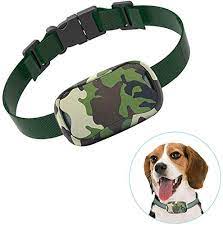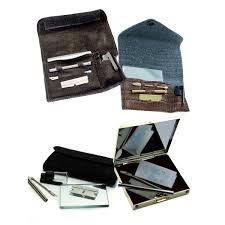
Vibes of Obedience: The Impact of a Dog Vibrating Collar
As a pet owner, it is important to keep your furry friend safe and well-behaved at all times. Dog training collars can be a valuable tool when it comes to teaching good behavior and obedience to your pet. However, with so many types and styles of dog training collars available on the market, it can be overwhelming to choose the right one for your pet.
This guide aims to provide you with all the information you need to know about dog training collars, their types, and how to use them correctly. By the end of this article, you should be equipped with all the knowledge and tools required to train your furry friend effectively.
Types of Dog Training Collars
Before diving into the specific types of dog training collars available, it’s important to consider the fundamental difference between a dog training collar and a regular collar. Most collars for dogs are designed for identification or for use with a leash, whereas a dog training collar is designed to be used as a training aid to help guide and correct your pet’s behavior.
There are several different types of dog training collars available:
Martingale Collars: These collars are designed to gently tighten around a dog’s neck when pulling on a leash is detected. They are commonly used for breeds with smaller heads and larger necks.
Choke Collars: Also known as choke chains, these are designed to tighten around a dog’s neck when they pull on their leash. These are not recommended for novice trainers, as improper use can lead to injury.
Prong Collars: These collars come with metal prongs that gently pinch the dog’s neck when pressure is applied. It’s recommended for dogs with thick fur coats.
Shock Collars: They deliver electrical stimulation to the dog in order to correct their behavior. They must be used with care as failure to do so can lead to the dog becoming fearful and aggressive.
How to use Dog Training Collars
Dog training collars can be a powerful tool, but it’s important to use them safely and correctly. Before you use any collar on your pet, it’s important to take the time to learn about your pet. Understand your pet’s behavior, breed, and temperament before deciding which collar works best for them.
It’s important to note that dog training collars must be used sparingly and only as part of corrective training. The dog should always be given the opportunity to perform correctly before receiving correction. The collar should be used as a supplement to your training, not as a replacement.
When putting the dog vibrating collar on your pet, make sure it’s not too tight or too loose. Adjust the collar’s tightness according to your pet’s size and the type of collar you’re using. Some collars should not be left on for long periods.
Conclusion:
By effectively using the right type of dog training collar and by following the right procedures or steps to properly train your dog, you can help correct your dog’s unwanted behavior quickly and safely. Remember, however, that dog training collars are tools, not solutions. They should be used sparingly and only as part of a broader training strategy that emphasizes positive reinforcement and consistency.
It’s crucial to read and understand the manufacturer’s instructions and safety guides before investing in any dog training collar. Additionally, seek advice from professionals before buying any collar, and don’t hesitate to reach out to veterinarians or animal behavior specialists for guidance in safely and effectively training your furry friend. Once you follow these protocols, dog training collars can be an effective tool for training your dog to be a well-mannered, obedient pet.




